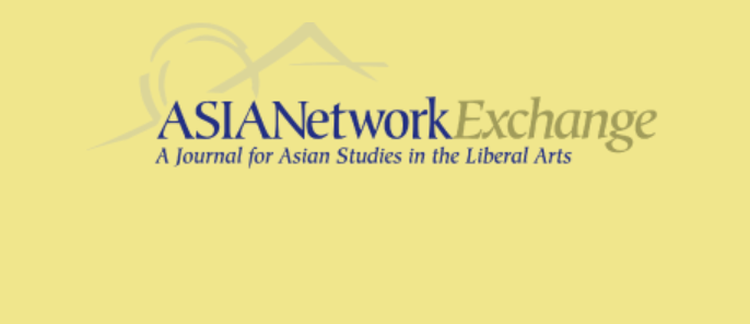Abstract
Artists skilled in performing classical music and dance, geisha are famous the world over as emblems of Japanese culture at its most erotic and exotic. Everything from novels and comedies to fashion and films document Euro-American fascination with geisha from the late 19th through the 20th centuries. Japanese essayists have long, and often ruefully, observed this foreign curiosity for the geisha gaaru. Yet, the literature on geisha in Japan includes a range of works, too, including fiction, academic study, tips for would-be connoisseurs as well as memoirs and etiquette manuals penned by geisha themselves. Well into the twenty-first century, geisha still intrigue at home and abroad. Exploring multiple representations of geisha in an Asian Studies course easily engages students, but also challenges them to think critically. Not only do they learn about geisha past and present, but they also understand geisha studies as a field. Their study also explores the constructed nature of gender, leading to comparisons of Japan, the U.S., and a host of models of ideal femininity and masculinity. It is students’ involvement with learning how knowledge is produced, fantasies sustained, and questions asked and avoided, that makes teaching the geisha course rewarding.
How to Cite
3020
Views
2380
Downloads
1
Citations
